
Baccarat or baccara is a card game now mainly played at casinos, but formerly highly popular at Victorian house-parties. It is a comparing card game played between two hands, the "player" and the "banker". Each baccarat coup has three possible outcomes: "player", "banker", and "tie".

In mathematics, physics, and art, moiré patterns or moiré fringes are large-scale interference patterns that can be produced when a partially opaque ruled pattern with transparent gaps is overlaid on another similar pattern. For the moiré interference pattern to appear, the two patterns must not be completely identical, but rather displaced, rotated, or have slightly different pitch.

A voxel is a three-dimensional counterpart to a pixel. It represents a value on a regular grid in a three-dimensional space. Voxels are frequently used in the visualization and analysis of medical and scientific data. They are also commonly used in video games, both as a technological feature, as in Outcast, and a graphical style, which was popularised by Minecraft.
A trading card is a small card, usually made out of paperboard or thick paper, which usually contains an image of a certain person, place or thing and a short description of the picture, along with other text. When traded separately, they are known as singles. There is a wide variation of different types of cards.

Transparency in computer graphics is possible in a number of file formats. The term "transparency" is used in various ways by different people, but at its simplest there is "full transparency" i.e. something that is completely invisible. Only part of a graphic should be fully transparent, or there would be nothing to see. More complex is "partial transparency" or "translucency" where the effect is achieved that a graphic is partially transparent in the same way as colored glass. Since ultimately a printed page or computer or television screen can only be one color at a point, partial transparency is always simulated at some level by mixing colors. There are many different ways to mix colors, so in some cases transparency is ambiguous.
Opacity or opaque may refer to:
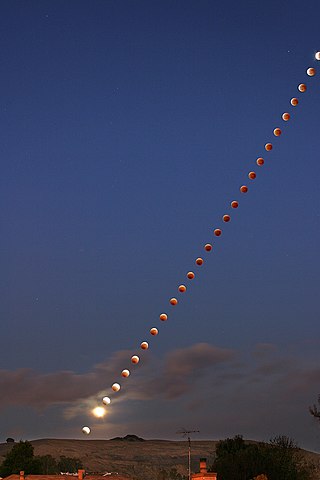
In photography and cinematography, a multiple exposure is the superimposition of two or more exposures to create a single image, and double exposure has a corresponding meaning in respect of two images. The exposure values may or may not be identical to each other.
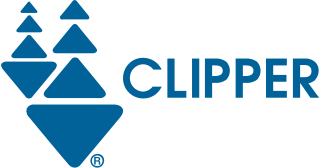
The Clipper card is a reloadable contactless smart card used for automated fare collection in the San Francisco Bay Area. First introduced as TransLink in 2002 by the Metropolitan Transportation Commission (MTC) as a pilot program, it was rebranded in its current form on June 16, 2010. Like other transit smart cards such as the Oyster card, the Clipper card is a credit card-sized stored-value card capable of holding both cash value and transit passes for the participating transit agencies. In addition to the traditional plastic card, Clipper is available as a virtual card in Google Wallet and Apple Wallet. Clipper is accepted by nearly all public transit services in the Bay Area, including but not limited to Muni, BART, Caltrain, AC Transit, SamTrans, Golden Gate Transit, Golden Gate Ferry, San Francisco Bay Ferry, and VTA.
Linguistic transparency is a phrase which is used in multiple, overlapping subjects in the fields of linguistics and the philosophy of language. It has both normative and descriptive senses.
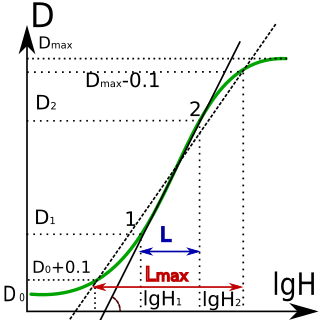
Sensitometry is the scientific study of light-sensitive materials, especially photographic film. The study has its origins in the work by Ferdinand Hurter and Vero Charles Driffield with early black-and-white emulsions. They determined how the density of silver produced varied with the amount of light received, and the method and time of development.

Opacity is the measure of impenetrability to electromagnetic or other kinds of radiation, especially visible light. In radiative transfer, it describes the absorption and scattering of radiation in a medium, such as a plasma, dielectric, shielding material, glass, etc. An opaque object is neither transparent nor translucent. When light strikes an interface between two substances, in general, some may be reflected, some absorbed, some scattered, and the rest transmitted. Reflection can be diffuse, for example light reflecting off a white wall, or specular, for example light reflecting off a mirror. An opaque substance transmits no light, and therefore reflects, scatters, or absorbs all of it. Other categories of visual appearance, related to the perception of regular or diffuse reflection and transmission of light, have been organized under the concept of cesia in an order system with three variables, including opacity, transparency and translucency among the involved aspects. Both mirrors and carbon black are opaque. Opacity depends on the frequency of the light being considered. For instance, some kinds of glass, while transparent in the visual range, are largely opaque to ultraviolet light. More extreme frequency-dependence is visible in the absorption lines of cold gases. Opacity can be quantified in many ways; for example, see the article mathematical descriptions of opacity.

Payment cards are part of a payment system issued by financial institutions, such as a bank, to a customer that enables its owner to access the funds in the customer's designated bank accounts, or through a credit account and make payments by electronic transfer with a payment terminal and access automated teller machines (ATMs). Such cards are known by a variety of names, including bank cards, ATM cards, client cards, key cards or cash cards.

Tracing paper is paper made to have low opacity, allowing light to pass through. Its origins date back to at least the 1300s, when it was used by artists of the Italian Renaissance. In the 1880s, tracing paper was produced en masse, used by architects, design engineers, and artists. Tracing paper was key in creating drawings that could be copied precisely using the diazo copy process. It then found many other uses. The original use for drawing and tracing was largely superseded by technologies that do not require diazo copying or manual copying of drawings.
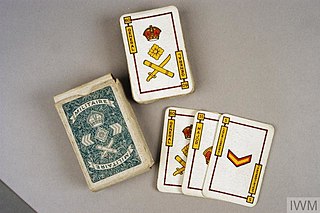
Militaire was a bespoke card game of the Rummy family for three or four players in which the playing cards depicted badges of rank of the British Army. According to the Imperial War Museum it dates to the interwar period or Second World War, while other sources suggest it was made in the 1940s and 1950s. It came in two sizes: a standard size in an ordinary box and a pocket sized version in a cardboard wallet. The game is no longer manufactured.

Blend modes in digital image editing and computer graphics are used to determine how two layers are blended with each other. The default blend mode in most applications is simply to obscure the lower layer by covering it with whatever is present in the top layer ; because each pixel has numerical values, there also are many other ways to blend two layers.
The following is a glossary of poker terms used in the card game of poker. It supplements the glossary of card game terms. Besides the terms listed here, there are thousands of common and uncommon poker slang terms. This is not intended to be a formal dictionary; precise usage details and multiple closely related senses are omitted here in favor of concise treatment of the basics.
A variety of tests are used to determine ink and paper and paperboard quality, and to measure their interactions. They are necessary to balance print quality, cost, and wear on the press. Some of the important paper and ink tests are listed here:

The Ringelmann scale is a scale for measuring the apparent density or opacity of smoke. It was developed by a French professor of agricultural engineering Maximilien Ringelmann of La Station d'Essais de Machines in Paris, who first specified the scale in 1888.
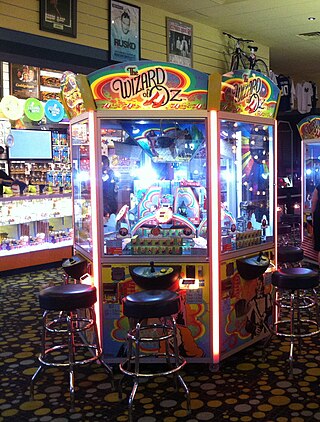
The Wizard of Oz is an arcade coin pusher game based on the 1939 film that awards token chips and cards that are redeemable for prizes. The player shoots coins into the machine which drops chips and cards. The player collects the cards and chips that can be redeemed later for prizes. The coins are retained by the machine. Most arcades that have this game will award a jackpot for collecting the entire series of cards. It can be played by up to six players. The game is developed by Elaut Belgium and released in the fall of 2010. According to the company's press release, the game was very well received by players and amusement centers.
Grimaud is a brand of playing cards published by France Cartes Cartamundi, a manufacturer of playing cards and board games based in Lorraine.













